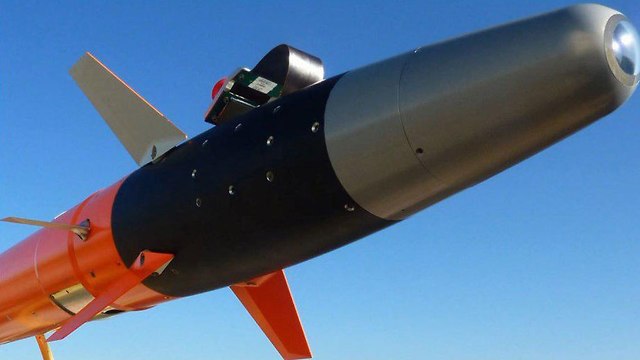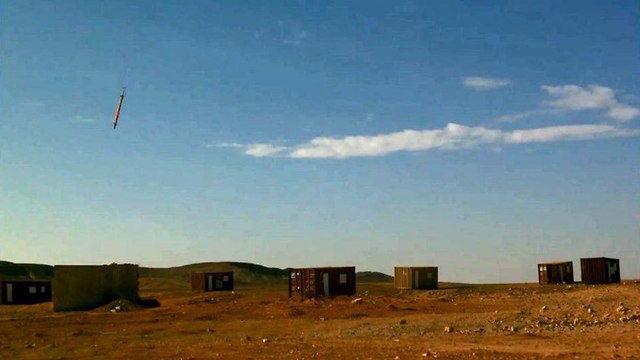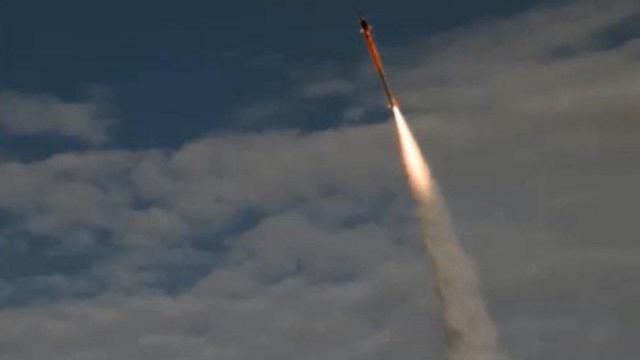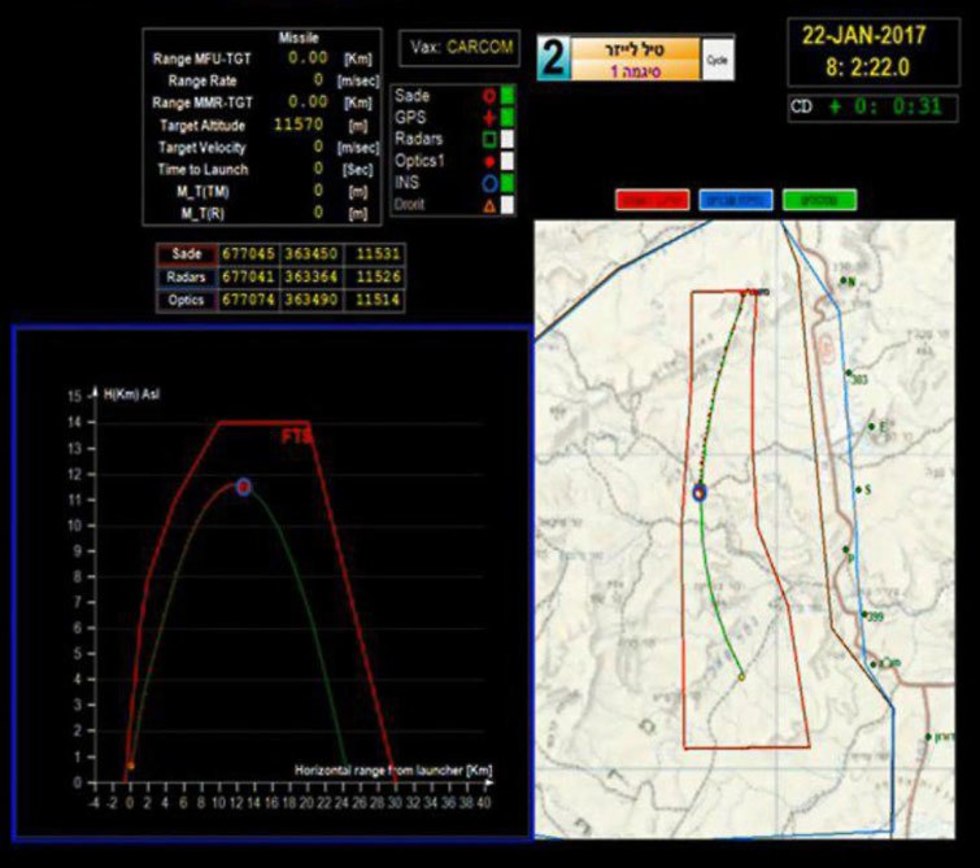
‘Sharp Flame’: Rafael’s new rocket precision guidance system
Rafael develops mini-kit, borrowed from fighter jets, to upgrade unguided rockets such as Grads, using Image Adjustment technology as an alternative to GPS, that is prone to enemy jamming.
Rafael Systems recently completed the development a kit that can be integrated into any missile or rocket warhead to improve the accuracy with a three-meter margin of error from the target at a range of 100km.
The Hebrew name for the new system—Electro-optical Precision Integration Kit (EPIK)—translates to “Sharp Flame.” The IDF has not yet decided whether to purchase the system which is based on electro-optics as a more secure and precise alternative to GPS, which can be fooled by an array of jamming systems that are capable of diverting a missile from its target.
In developing the new system, Rafael intergated existing technology used by fighter aircraft which allowed for homing in on the target using photo identification.
A photo of a specific element of the target is pre-uploaded to the warhead’s hard drive. When the rocket or missile approaches the target, it takes a photograph and visually scans the area for positive identification of the target before homing in on it.
The system is appropriate for rockets used by eastern European armies like the 122mm. BM-21 Grad rocket, as it can lower costs. Precision guided rockets can cost hundreds of thousands of dollars while a simple rocket outfitted with Rafael’s kit only costs about $2,000.
“It is clear that there will be a decreasing use of GPS guided munitions in future wars as they can be jammed with equipment purchased on eBay,” a senior Rafael employee involved in the system told Ynet.
“This technology identifies the target by matching high quality photographs, using them to strike the exact pre-determined pixel,” he continued. “Considering a large barrage of rockets launched simultaneously from the same launcher the takedown effect is quite substantial.”
While anti-tank missiles using electro-optics travel at a speed of 180 meters per second, the rockets outfitted with the EPIK kit travel at speeds approaching mach 2, so that targets can be destroyed within less than two minutes from launch.
EPIK was developed as part of a series of tests carried out by Rafael in southern Israel. Currently, the system is “fire and forget,” but the company plans to upgrading it to include remote control capabilities.
“Using this method, each rocket within a barrage will have a different address. If the target is an airport, one rocket will strike the control tower, another the command center, while another strikes the runway or a weapons storage site,” the official told Ynet.
An EPIK kit can be outfitted on a rocket using GPS, like those the IDF currently uses, thereby dramatically increasing its accuracy as a decision can be made regarding which system to utilize based on real time intelligence and weather considerations.
"The system can also receive a picture of the target from a nearby ground force that photographs the target structure and immediately relays the picture back," the official explained.
"Within a year we can already have a shelf product and adapt the kit to other size rockets," the source continued. "In the system we also combined target detection using laser detectors to expand operational flexibility and allow a force to hit a target in motion."
The product will be offered initially to eastern European countries using unguided rocket systems. Later, Rafael will develop a relatively small and complete Grad rocket array, which will include the precise warheads for sale to western armies.
In the video footage of the EPIK test, two rockets were fired at a small structure measuring two square meters, which was 25 kilometers from the launcher. The GPS on the rocket's head was deliberately neutralized, and the rocket identified the structure using a pre-loaded image in its software and hit the target. In the second experiment, the system's laser detector was given priority, and it also ended with a precise impact on the target.















